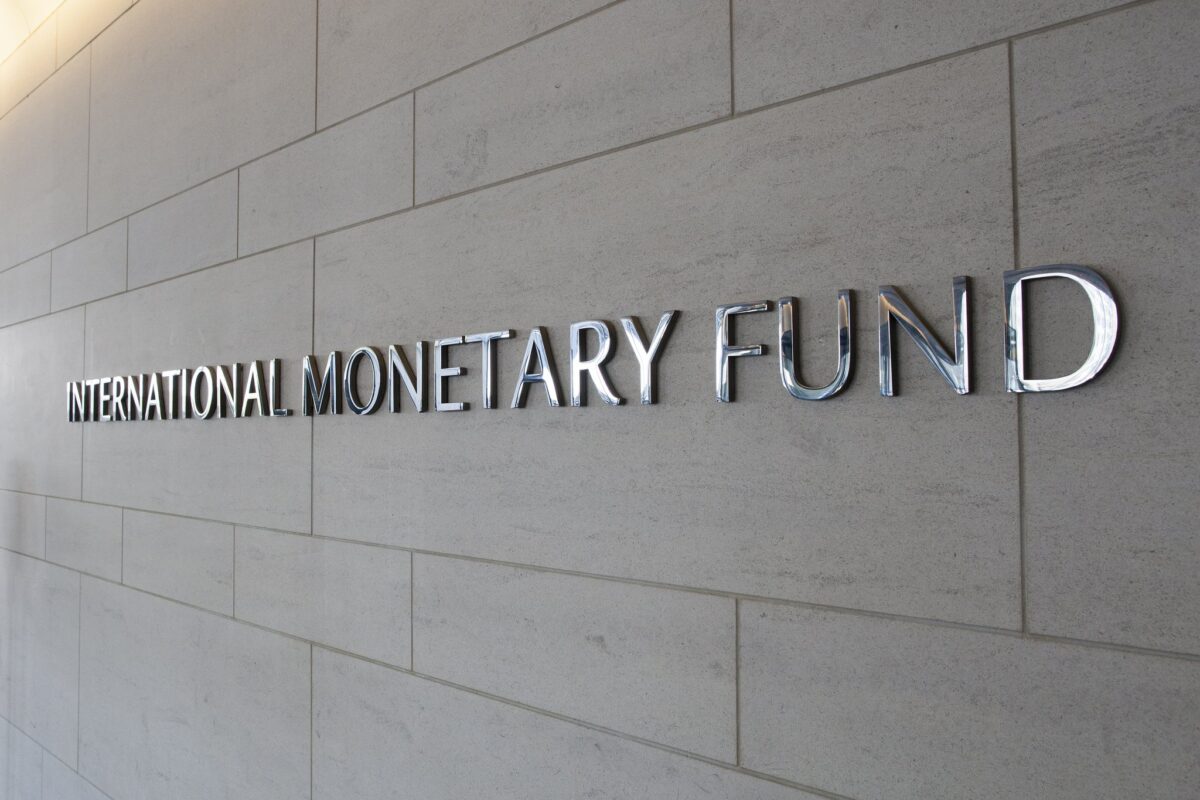
Liechtenstein banking sector remains stable
With the signing of the double taxation agreement, Liechtenstein and Italy abolish double taxation in cross-border situations.
In line with the prevailing trend across Europe, industrial enterprises in Liechtenstein also recorded below-average growth across the first six months of 2023. The banking sector, on the other hand, remains stable. These findings were published in the latest Economic Monitor.
The economy of Liechtenstein suffered under the weight of weakened export figures in the first half of 2023, as the Financial Market Authority (FMA) of Liechtenstein writes in its Economic Monitor for Q3 2023. In specific terms, the KonSens economic indicator showed a value of -0.2 points in the first quarter, before declining further to a value of -1.0 points in the second quarter of the year. The indicator, data for which is recorded on a quarterly basis by the Liechtenstein-Institut, continues to indicate “weak or below-average economic development,” the FMA states. Direct exports in the second quarter of 2023 were down by -3.2 percent versus the same quarter of the previous year.
In contrast, the banking sector in Liechtenstein has benefitted from the interest rate turnaround and registered a “successful first half of the year”, according to the Economic Monitor. Assets under management at Liechtenstein banks rose to a new record value of 434 billion Swiss francs. In comparison with the first half of 2022, the consolidated profits recorded by domestic banks rose by nearly +10.0 percent. The FMA experts put these developments down to the increased interest margins as a result of interest rate hikes. At the same time, however, they point to associated risks such as rising financing costs and credit risks.
Nevertheless, the Liechtenstein banking sector continues to be characterized by stability. The rating agency S&P Global recently confirmed the sector’s relatively low susceptibility to risks in its BICRA rating, the FMA explains. As such, Liechtenstein is classified in the lowest risk group together with countries such as Switzerland, Singapore and Luxembourg.





